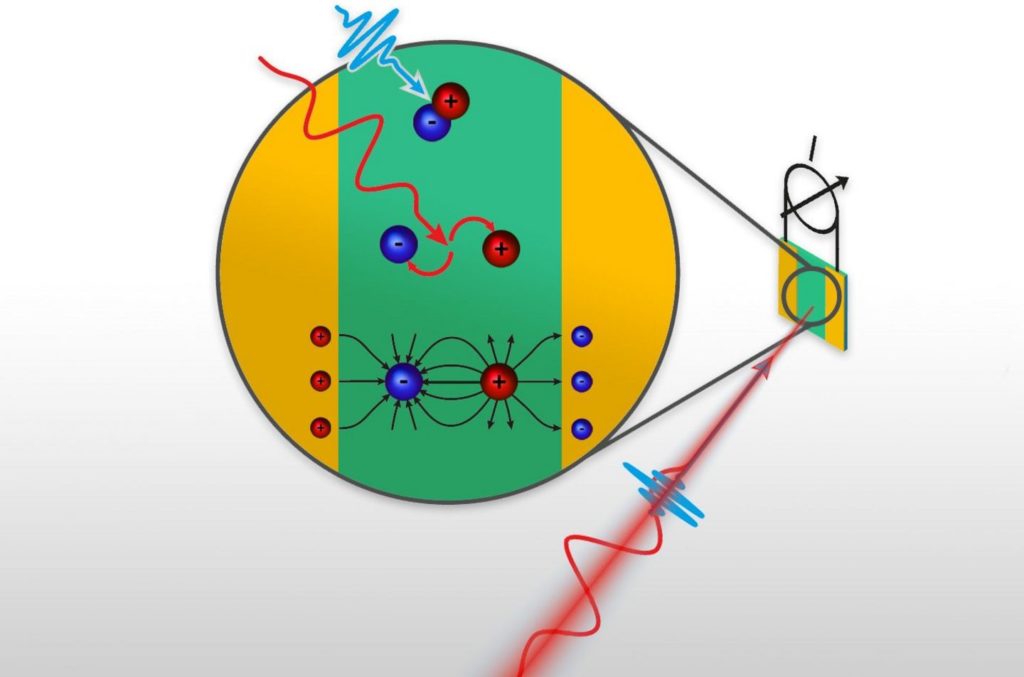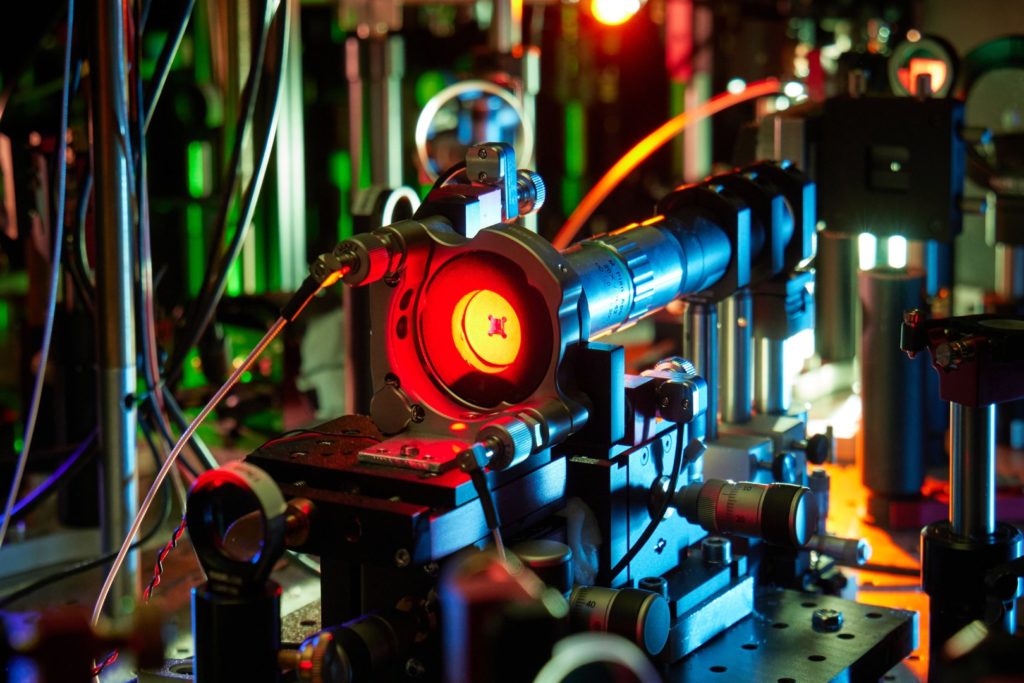
Semiconductor electronics is getting faster and faster — but at some point, physics no longer permits any increase. The speed can definitely not be increased beyond one petahertz (one million gigahertz), even if the material is excited in an optimal way with laser pulses.
How fast can electronics be? When computer chips work with ever shorter signals and time intervals, at some point they come up against physical limits. The quantum-mechanical processes that enable the generation of electric current in a semiconductor material take a certain amount of time. This puts a limit to the speed of signal generation and signal transmission.
TU Wien (Vienna), TU Gra...
Read More









Recent Comments